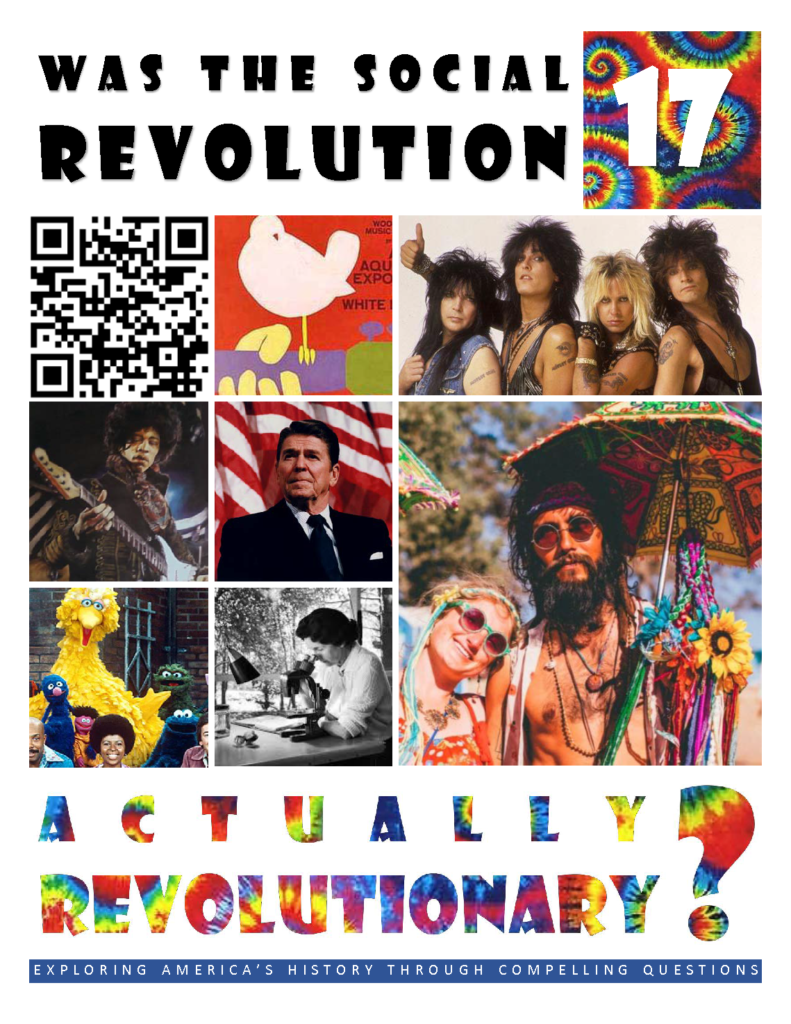
PRINT VERSION
Throughout the nation’s history, Americans have seen their nation swing from excitement about change to an embrace of traditional ways of life. In the late 1800s, muckrakers, progressives and waves of new immigrants brought about major changes. Then in the 1920s, people reacted with laws restricting immigration, promoting traditional Christian ideas, and banning social evils like alcohol.
After World War II, the nation experienced a swing away from this conservativism toward what could be its most liberal time ever. This Social Revolution coincided with changes in divorce law, the legalization of abortion, the expansion of government, new experimentation with drugs, abandonment of sexual rules, the advent of rock and roll, and the entire Civil Rights Movement. It was an exciting time to live.
All this change was unsettling for some Americans. They responded in the 1970s and 1980s by pulling the nation back from its liberal binge and promoting a more conservative mindset once again. Christian leaders got involved in politics and promoted candidates that put the brakes on the rush of change. In 1980, America elected Ronald Reagan, a champion of conservativism.
By definition, a revolution is a change that cannot be undone, and it could be argued that the Social Revolution was not revolutionary at all. After all, it was followed by the Conservative Revolution. However, many of the new ideas ushered in during the 1960s have endured. Government programs to provide healthcare to the elderly and poor, to pay for the arts, and to protect the environment remain. Social norms about sex, marriage and divorce did not go back to the way they were before.
This leads us to the question to consider as we study this time in America’s story. Was the Social Revolution actually revolutionary?
CONTINUE READING